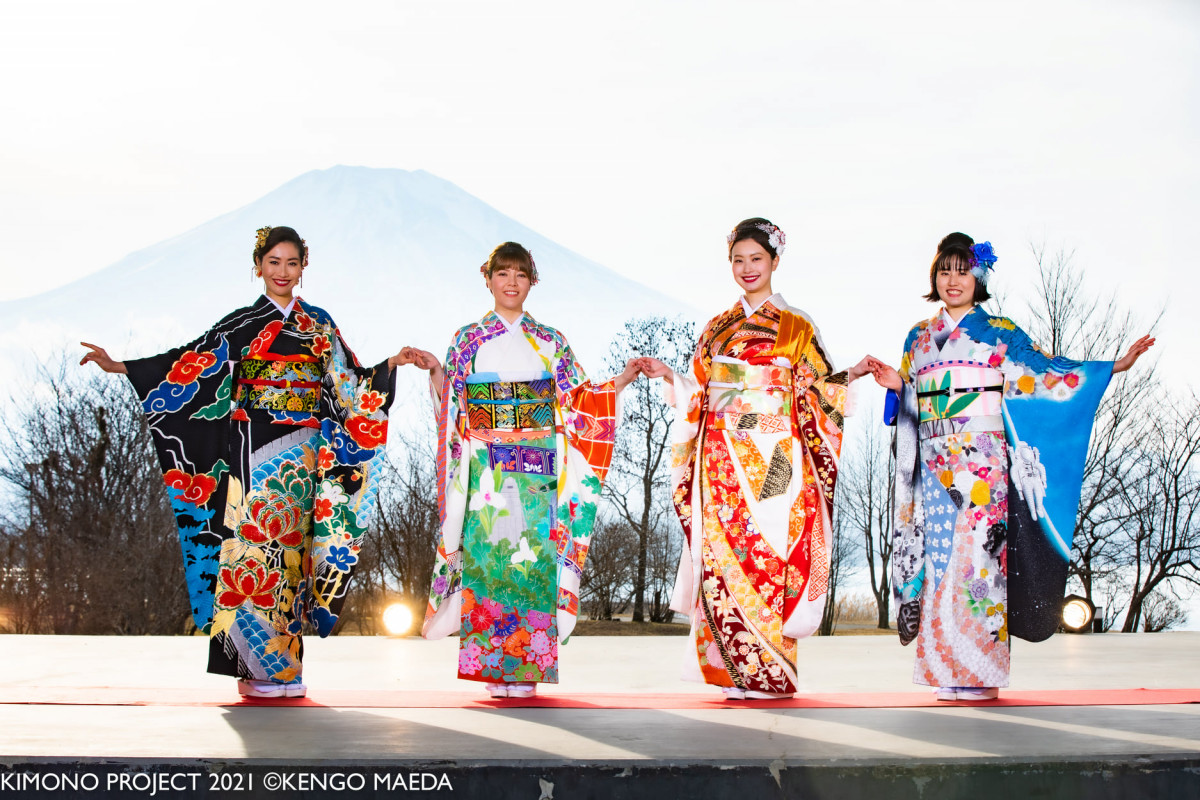
The Olympics is not just about sportsmanship, but also a chance to experience cultural exchange and diversity. To this end, the Kimono Project has been created to commemorate the unity amidst the diversity mirrored in the Olympic Games Tokyo 2020 which is still ongoing.
According to The National report, the mission was launched in 2014 through the Japanese organisation of Imagine One World. Taking six year long years, it has successfully weaved 213 kimonos, with each representing a participating country in the major international sporting event.
The full set of the hosting nation’s traditional costume, comprising a kimono, obi (a broad sash) and small accessories, is valued at JP¥2 million (RM76,976). Traditionally handcrafted, each set takes about one to two years to complete.
Though the games this year only see 206 participating countries, the remaining seven attires have been made for North Korea before they withdrew, nations of the Great Britain, French Polynesia and countries that do not have Olympic committees like Nieu and Vatican City.
Why kimono and obi?
The obvious answer is that it is Japan’s national attire, but more than that, Imagine One World founder and designer Yoshimasa Takakura, who led the project, shared that he was inspired by the time when Japan had hosted the Olympics in 1964.
He told Inspirations Studios that the women who presented the medals during the event then were adorned in traditional kimonos. He wanted to bring back the trend by showcasing it during the opening ceremony but it was somehow not allowed for reasons not stated.
“We believe that the kimono is the best way to express our respect for each country, because they are designed with wishes of happiness and prosperity to those who wear them. We hope the world will recognise through our project that no matter how different our religious, economic or political conditions are, beauty is a joy we can all share. From this point of view, we can join hands together with every country to create harmony and unity,” the project’s spokesperson Orie Shimizu was quoted saying.
213 kimonos is a huge feat, but more astounding is the fact that each kimono is unique on its own as its design incorporates elements widely associated with each respective country.
For instance, Malaysia's kimono was in collaboration with the students from Fukuoka Prefectural Kurume High School. The artists have incorporated a lot of Malaysian symbols such as the Petronas Twin Towers and the Malaysian flag. Around 40 students also drew the national hibiscus flowers, while the colouring took inspiration from the traditional batik.
The majority of the kimonos were designed by Japanese designers using the traditional method except for the Palestinian obi and Indonesian kimono. The former was made by Palestinian refugees while the latter was designed using the batik method.
The Kimono Project was initially planned to be exhibited for public display. Yet, the waves of Covid-19 swamping throughout the nation, coupled with the accompanying restrictions, have thrown a spanner in the works.
You may get a chance to see the work of art only in an exhibition in 2025 in Osaka.
Meanwhile, to whet your appetite, here’s a showcase of some of the kimono designs.
Get the latest news @ www.EdgeProp.my
Subscribe to our Telegram channel for the latest stories and updates





